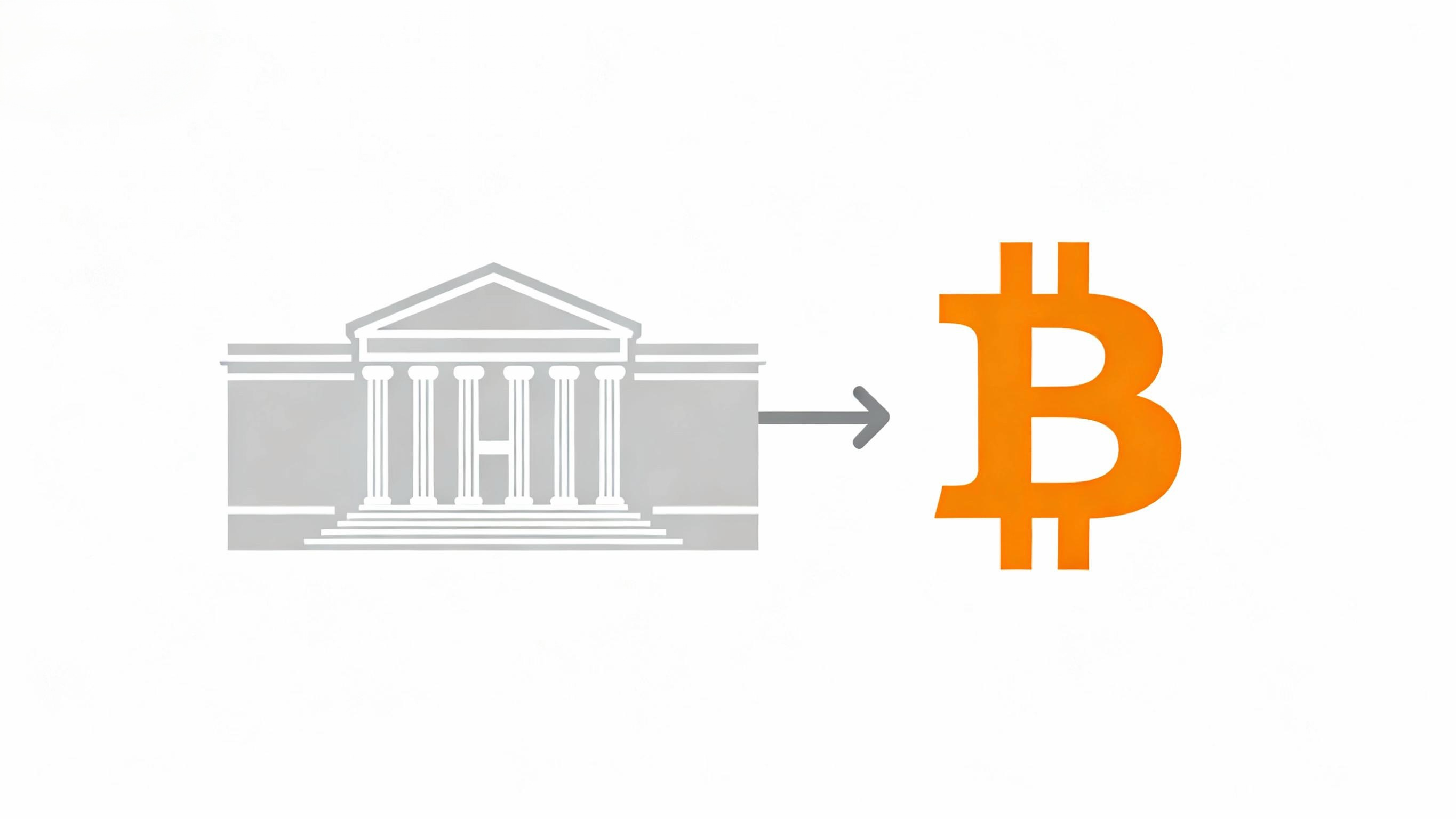
As expected, the Fed cut interest rates by 25 basis points yesterday, and Chairman Powell held a press conference afterward, sharing information that people online have known for months.
Powell told us: "In the near term, inflation faces upside risks, while employment faces downside risks."
Throughout the press conference, Powell’s demeanor seemed to radiate frustration. He did not appear excited to be there, nor was he enthusiastic about the challenges ahead.
A significant reason the Fed finds itself in this predicament today is its shift from being "data-dependent" in recent years to relying on economic forecasts. Instead of simply reviewing the data and managing monetary policy based on current metrics, the Fed decided to play the forecasting game, predicting that tariffs would lead to high inflation levels.
As we now know, and as I predicted from the beginning, tariffs were not inflationary. The high inflation the Fed expected never materialized. This means their forecasts were wrong, and their monetary policy stance of keeping rates high for an extended period was also wrong.
But the situation within the Fed is even more complicated than it appears on the surface. There is significant disagreement among Fed officials about where interest rates should be right now. Heather Long, Chief Economist at Navy Federal, explained:
"This is insane. Look at the forecasts of the 19 Fed officials for interest rates through the rest of 2025. Just one chart shows the tension within the Fed.
One official wants to raise rates, six believe the Fed should keep rates unchanged, two support one more rate cut, nine support two more rate cuts, and one (likely Trump’s latest appointee, Stephen Milan) wants the equivalent of five rate cuts by the end of the year. We are likely to get two more cuts. One in October and one in December. But you can see the battles ahead..."
Think about how crazy this is. Yesterday, someone argued for raising rates, while another argued for five rate cuts by year-end. People not only disagree on the number of rate cuts but even on whether rates should be raised or cut at all.
This highlights the problem with human-led monetary policy. Humans are not good at making complex decisions, and no individual can successfully manage the cost of capital. Add to that the fact that we’ve delegated this task to a committee, and you can see why it becomes even more difficult.
Committee management inevitably leads to flawed decisions.
But if that weren’t bad enough, look at this chart of interest rates since 2020. We’ve experienced all sorts of changes. How are people supposed to plan their lives?
If the cost of capital goes from 2% to 0% over five or six years, then skyrockets to over 5%, and finally falls back to 4%, it’s really hard to survive in this world. The volatility is insane, and it’s entirely unnecessary.
Bitcoin’s monetary policy was established in 2009, and for over 15 years, it has never deviated from its set monetary policy. In my opinion, the Fed could learn a thing or two from Bitcoin.
Finally, remember the 25 basis point rate cut in 1998, which fueled the insane rally in tech stocks during the dot-com bubble.
The current situation is strikingly similar. The Fed is cutting rates during an AI-related innovation boom. If the Fed cuts multiple times this year, as suggested yesterday, we should expect a significant rally in the stock market.
The Fed is moving slowly. Yesterday, they acted timidly, cutting rates by only 25 basis points. But for investors, it ultimately doesn’t matter. Everything is going up, so just hold on to your assets and enjoy the ride.
















